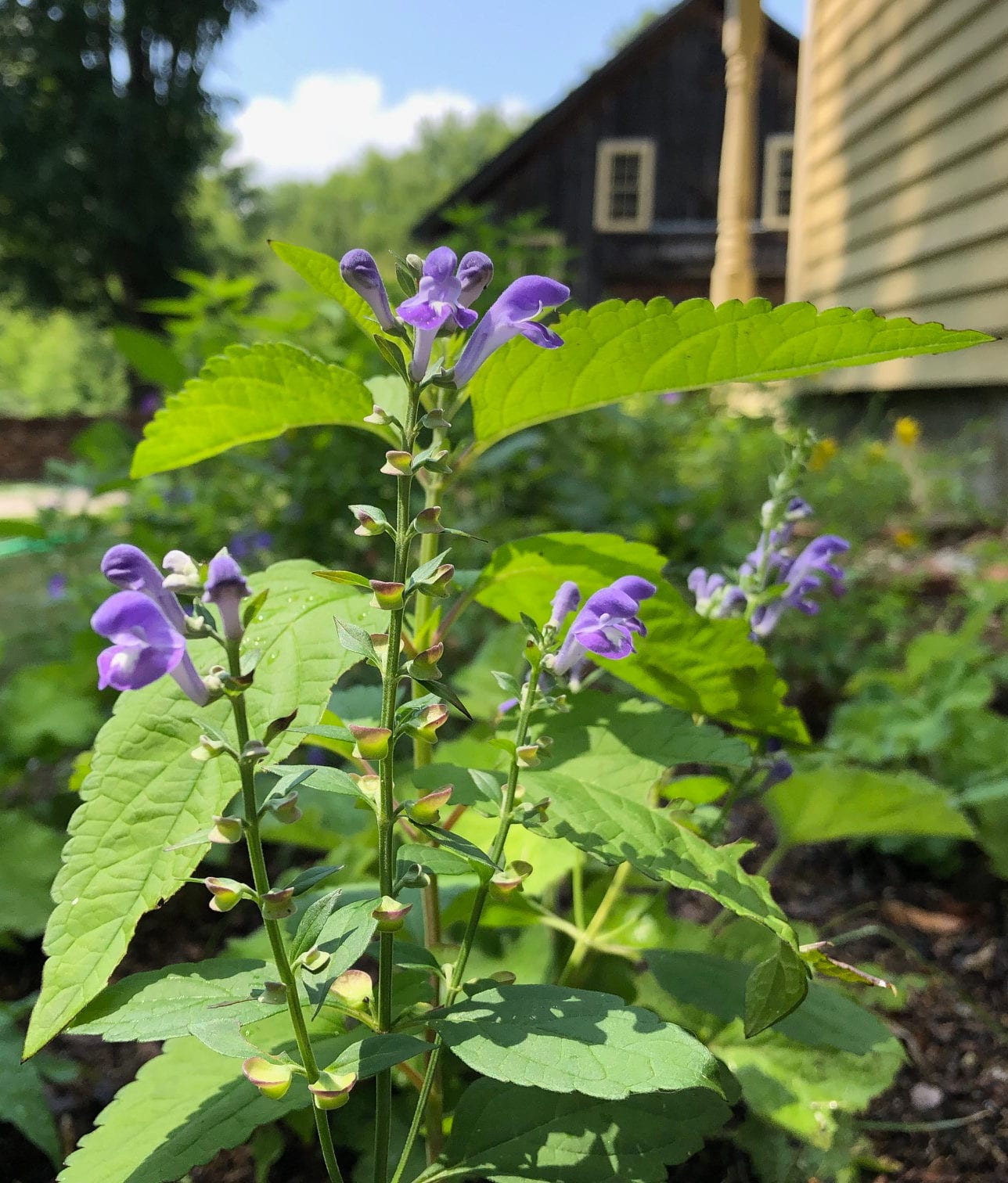by Meg Herndon and Sandra Nam Cioffi
As owners of a non-traditional landscape architecture firm, we have a sense that positive results will come from practicing the art of gardening with our clients. We have decades of combined experience working on projects at all scales and in various places around the world, and we’ve become convinced that focusing primarily on residential/suburban planting in our local region is the best way forward for affecting positive change in our environment.
In the generations since the industrial revolution, when our culture started to urbanize, we lost a personal physical dependence on the farm and on our understanding of the natural world. Because farming and gardening have become unfamiliar, especially to younger generations, we see an opportunity to try to bring it back in new ways. If we are able to effectively address the challenges that new gardeners face, we may be able to power a modern renewal in garden culture that will, at its simplest, create beauty, and at its most complex, help save the earth.
In the home landscape, there are a number of factors that combine to make the culture of gardening a difficult one to pass on. Societal mobility, life in a digital age, tightly packed family schedules, and inability to find good advice can combine to leave outdoor activities near the bottom of the priority list for modern people. Home purchases often come with a desire to “settle in” and create a personalized environment, but if the region is new or if a connection with the outdoors has been lost, people are unable to simply intuit what to do to make a new landscape feel like home.
People need a few things to be able to garden in a way that is tied to place making, home making, and regional ecology. These include convenience, non-biased professional advice, and plants. The plants should be free of pesticides, especially neonicitinoids; eco-region relevant; deer resistant; and low maintenance.

Provided with good tools, reliable plants, and ongoing advice, inexperienced gardeners can enjoy creating their own garden memories.
Perhaps the most important ingredient for a renewal of a gardening culture is providing models for how to care for a garden over time. It doesn’t have to be fussy or time consuming or elaborate, it just has to exist in an accessible format. By modeling gardening ourselves, we have an opportunity to introduce people to processes that have been lost and through that introduction, rebuild knowledge and love. When we know and love a thing, we are more likely to protect it, tell our neighbors about it, and show our kids how to carry the knowledge forward.
 We feel that it is our responsibility to call on our garden memories and experiences and share what we know about process, ecology, seasonality, succession, color and texture theory, etc. If a garden can become an interactive experience, it will also be a learning tool, a connection to nature, and eventually the stuff of stories – a beautiful tradition.
We feel that it is our responsibility to call on our garden memories and experiences and share what we know about process, ecology, seasonality, succession, color and texture theory, etc. If a garden can become an interactive experience, it will also be a learning tool, a connection to nature, and eventually the stuff of stories – a beautiful tradition.
About the Authors
Meg Herndon and Sandra Nam Cioffi are co-founders at Plant Me A Rainbow, a non-traditional landscape architecture firm that provides consultations, professional grade tools, and sustainably sourced plants in kit form. Through this model, clients are able to easily plant and care for a garden themselves. Plant Me A Rainbow gardens are low maintenance, deer resistant, interactive, and convenient to acquire. Plant Me A Rainbow is interested in creating partnerships within and outside the design field. If our message resonates with you, consider partnering with us. Write to hello@plantmearainbow.com.



